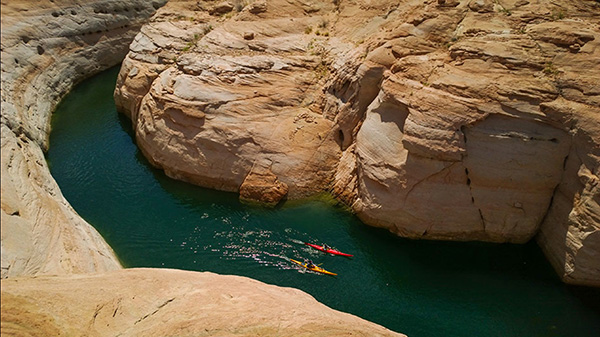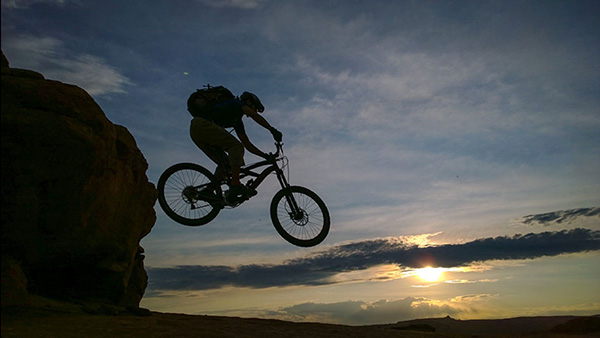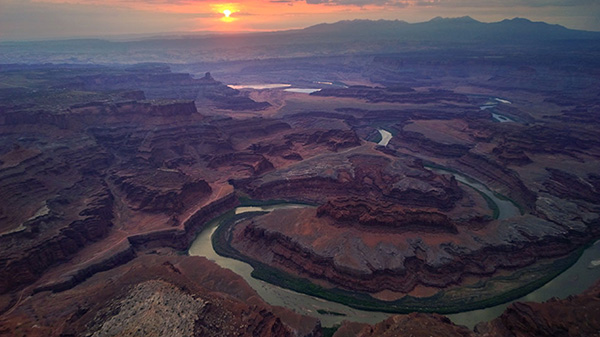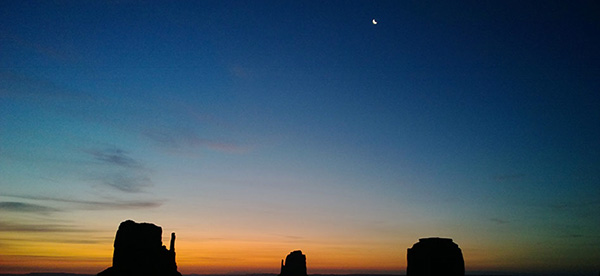Stephen Alvarez discusses Grand Canyon shoot with Nokia Lumia 1020 smartphone for National Geographic
posted Friday, September 20, 2013 at 2:15 PM EST
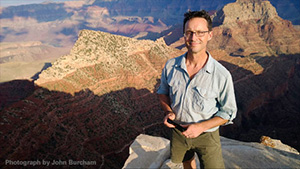
Nokia has been making a huge marketing push, of late, to try to prove to photographers that its latest high-resolution smartphones produce image quality on par to actual cameras. On Monday, we told you about two big names in professional photography, Bruce Weber and David Bailey, who shot with the 41-megapixel, Nokia Lumia 1020 during the course of a day in Harlem.
Nokia also put a Lumia 1020 into the hands of National Geographic photographer Stephen Alvarez and sent him on a ten-day trip around the Grand Canyon this past summer, where he shot video and images with the phone.
We shared some of Alvarez' work with the Nokia from the Grand Canyon trip previously, and today had a chance to chat him on what he actually thought about shooting with the high-res Lumia 1020. (You can also see some of the images he shot with the phone throughout this article.)
Describing himself as "a gear hog," Alvarez says he's been a Canon shooter all his life, and lately uses a Canon 5D Mark III along with a bevy of Canon glass, including a 16-35mm f/2.8, 24mm f/1.4, and 100mm macro lenses. Naturally, the idea of shooting an entire assignment with a smartphone didn't seem realistic to him, at first.
"Nokia called my rep to see if I would be interested in doing an assignment that would showcase the capability of the phone," he told Imaging Resource. "I gotta say, I was little skeptical, but I got kids to feed so I said yes. But over the course of the ten days with the Nokia, I became a convert."
During the trip, Alvarez used the phone to shoot a wide, 16:9 image of Lizard Rock in Moab, Utah with the Lumia 1020. The wide-angle image, which is cropped down to approximately 38MP, is being used as a three-page gatefold shot in the current issue of National Geographic, to help celebrate the magazine's 125th anniversary.

"The feedback I got from my photo editors at National Geographic was just great. They said: 'We can't believe this came from a smart phone, because the resolution is so huge.' If you told me last year that I was going to shoot an image with a phone that would appear as a gatefold in a magazine, I would have thought you were crazy. But we did it."
On the downside, Alvarez said he couldn't fully get used to having just a single, fixed lens on the Lumia to shoot with. "As a pro, I'm used to collecting the camera and the lens to make the picture I had in mind. On this assignment, I had to retool that a bit. The lens is equivalent to about 26mm so that's close to what I normally see anyway, but it's limited."
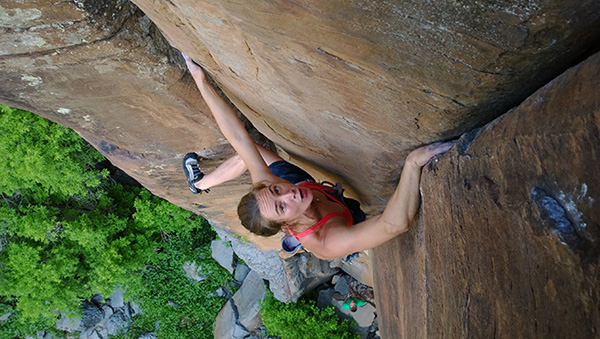
He didn't use the phone's digital zoom feature, because it crop the image to a lower resolution size, which might not be big enough to use in the magazine.
On the other hand, Alvarez was impressed with the interface of the phone's camera, which he likened to a DSLR. He was also pleasantly surprised at how well the phone's camera with its 1/1.5-inch (2/3-inch) image sensor, did while capturing images in low light.
For one early morning shot before dawn (below), he captured a photo of a person lit only by the entire light of a car. "There's noise there, for sure. But the amount (the phone) produces is usable."
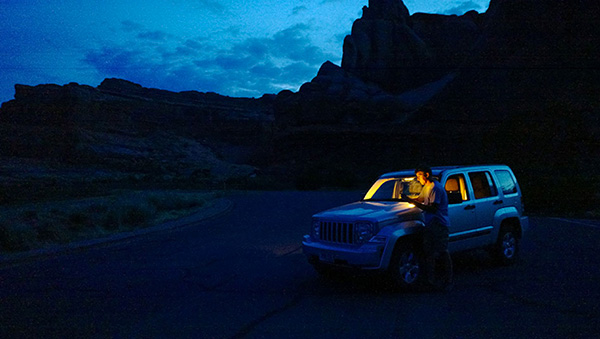
While Alvarez enjoyed the results he got from Nokia 1020, including the HD video, he doesn't think he'd use a smartphone exclusively for an assignment in the future.
"There are times on an assignment, though, were I could now see shooting with a smartphone, such as the Nokia, and including those shots with everything else I send to the editor of a magazine. In the past, I couldn't see that ever happening."
(Editor's note: We plan to add full-resolution versions of a few of these web-sized shots to this story shortly.)
